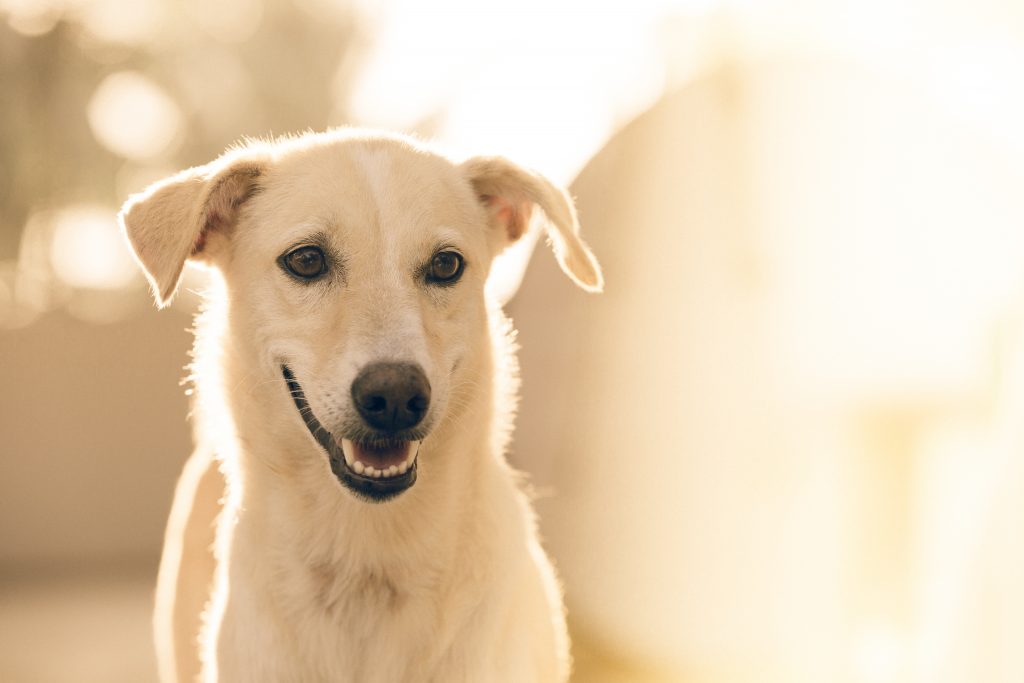Pet Oral Care: Supporting Healthy Teeth and Gums
At Kali’s Wish Cancer Foundation, we know that pet cancer support starts with overall health and wellness, and oral care plays a vital role. Healthy teeth and gums are critical to your pet’s overall well-being. Poor oral hygiene can lead to plaque and tartar buildup, which may result in periodontal disease—a painful and irreversible condition.
Signs of Oral Health Problems
Regular monitoring of your pet’s mouth can help catch issues early. Common signs of oral health problems include:
-
Bad breath
-
Reduced appetite
-
Broken or loose teeth
-
Bleeding from the mouth
-
Discolored teeth or heavy tartar buildup
-
Abnormal chewing, drooling, or dropping food
-
Swelling around the mouth
-
Irritability or changes in behavior
If you notice any of these symptoms, it’s important to contact your veterinarian promptly. Early detection helps maintain overall health and provides essential pet cancer support by reducing chronic inflammation that can affect the immune system.
How to Care for Your Pet’s Teeth
Brushing your pet’s teeth regularly is one of the most effective ways to maintain oral health. Tips for safe and effective brushing include:
-
Use pet-safe toothpaste – Human toothpaste can be harmful if swallowed. Choose a toothpaste designed specifically for pets, available in flavors they enjoy.
-
Establish a routine – Brushing a few times a week can prevent plaque and tartar buildup.
-
Gentle technique – Start slowly and focus on the teeth and gum line. Patience and positive reinforcement make brushing a positive experience.
Regular veterinary checkups are also essential. Professional cleanings can remove tartar that brushing alone cannot address and allow your vet to evaluate your pet’s oral and overall health.
Why Oral Care Matters for Overall Health
Oral disease is not just about teeth; it can impact your pet’s heart, liver, and kidneys. Maintaining healthy teeth and gums supports your pet’s immune system, contributes to their overall wellness, and is an important aspect of pet cancer support.
Takeaway: Regular brushing, proper diet, and veterinary checkups are key to keeping your pet’s mouth healthy. By prioritizing oral care, you are taking an important step in supporting your pet’s overall health and providing pet cancer support.
Learn more about pet cancer and the supports available. Visit our Health Hub.

